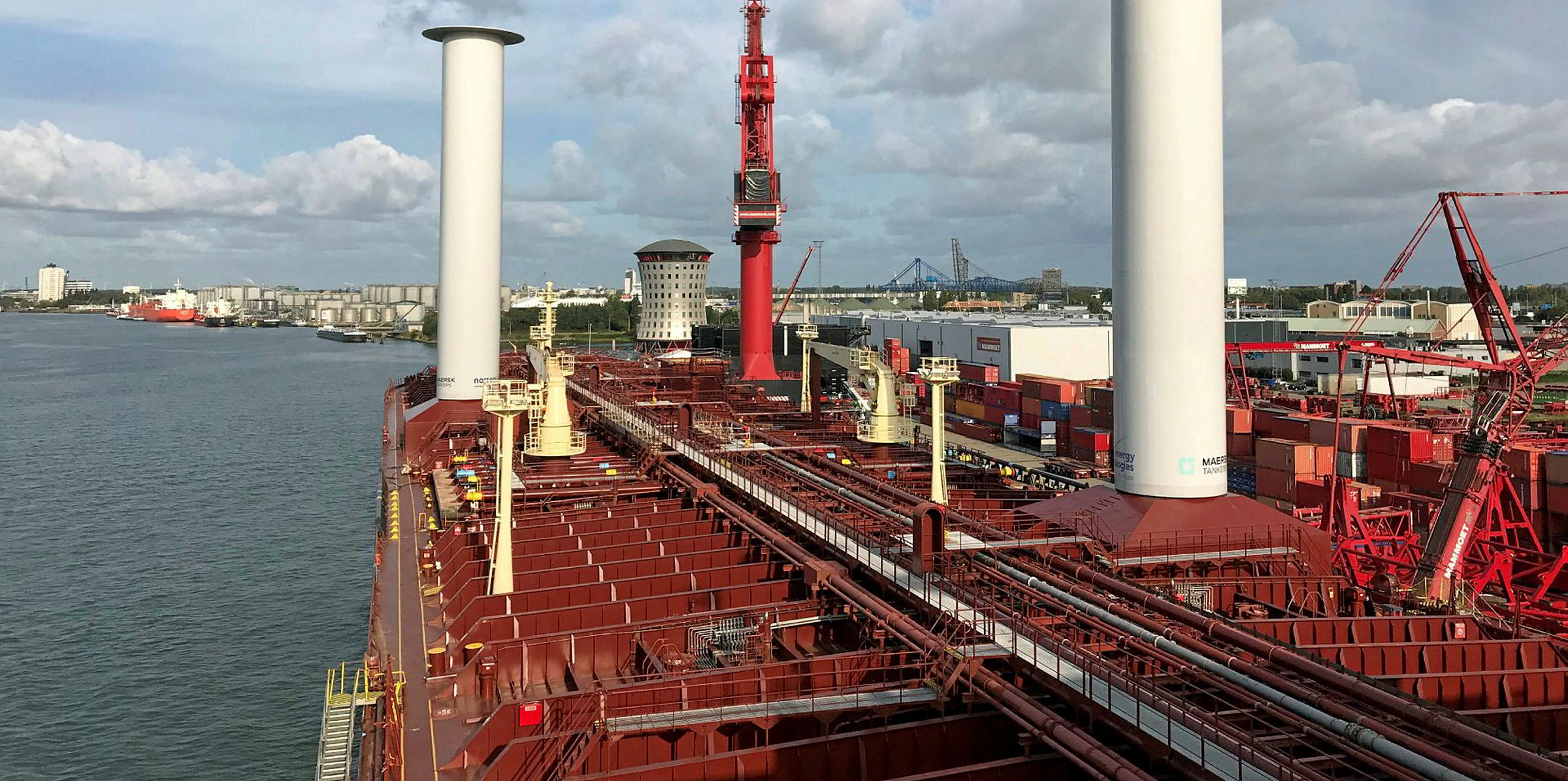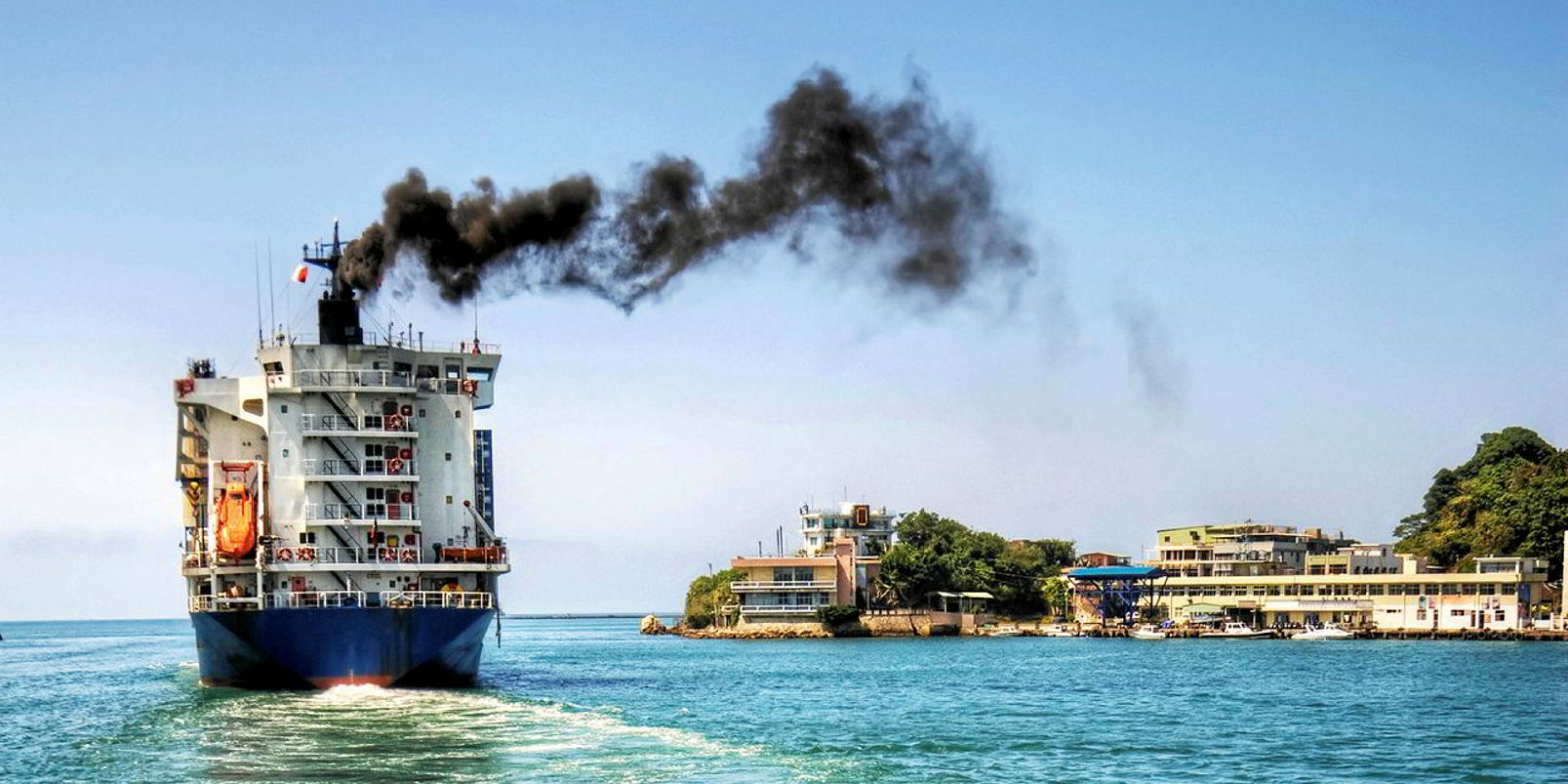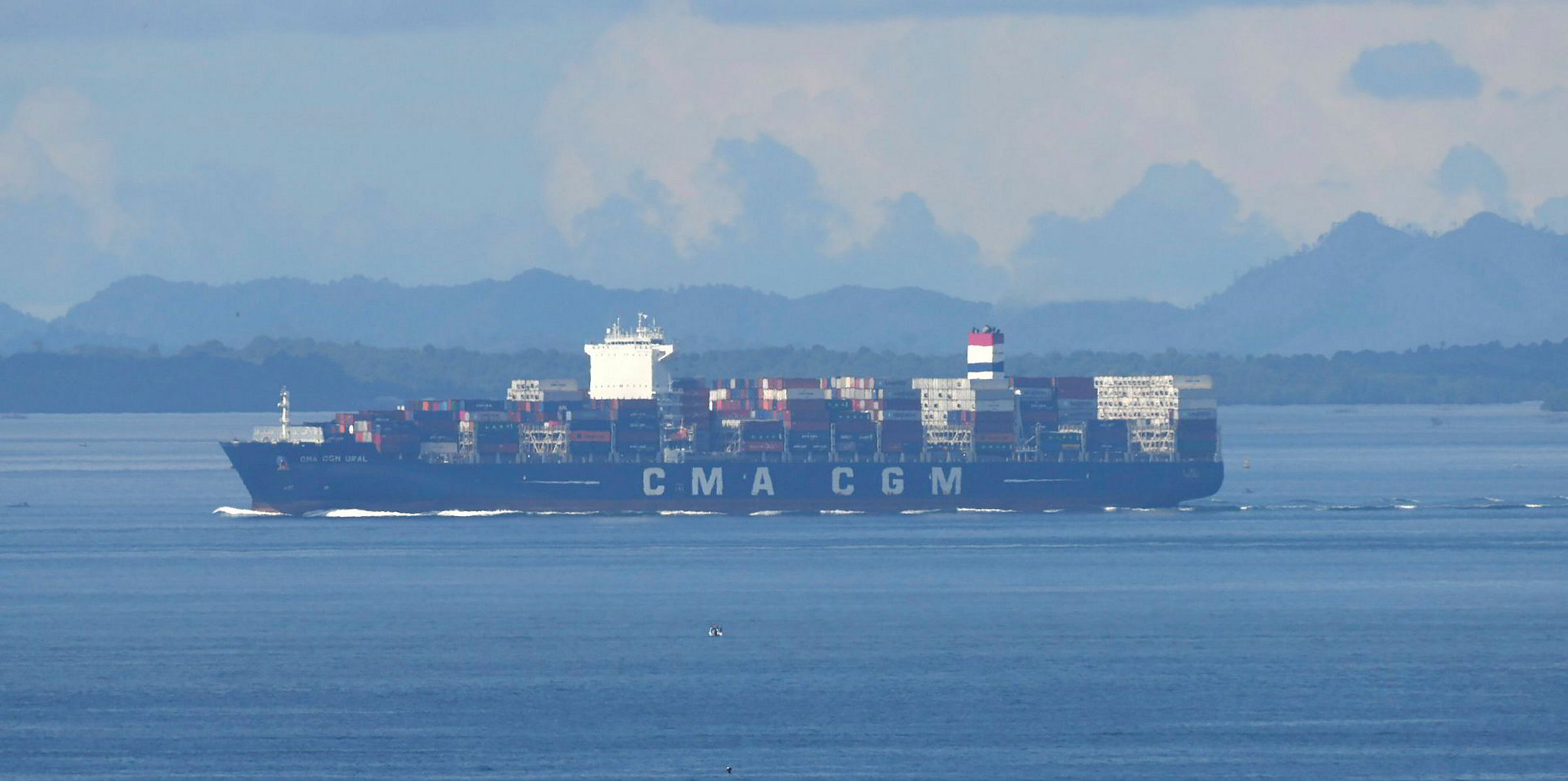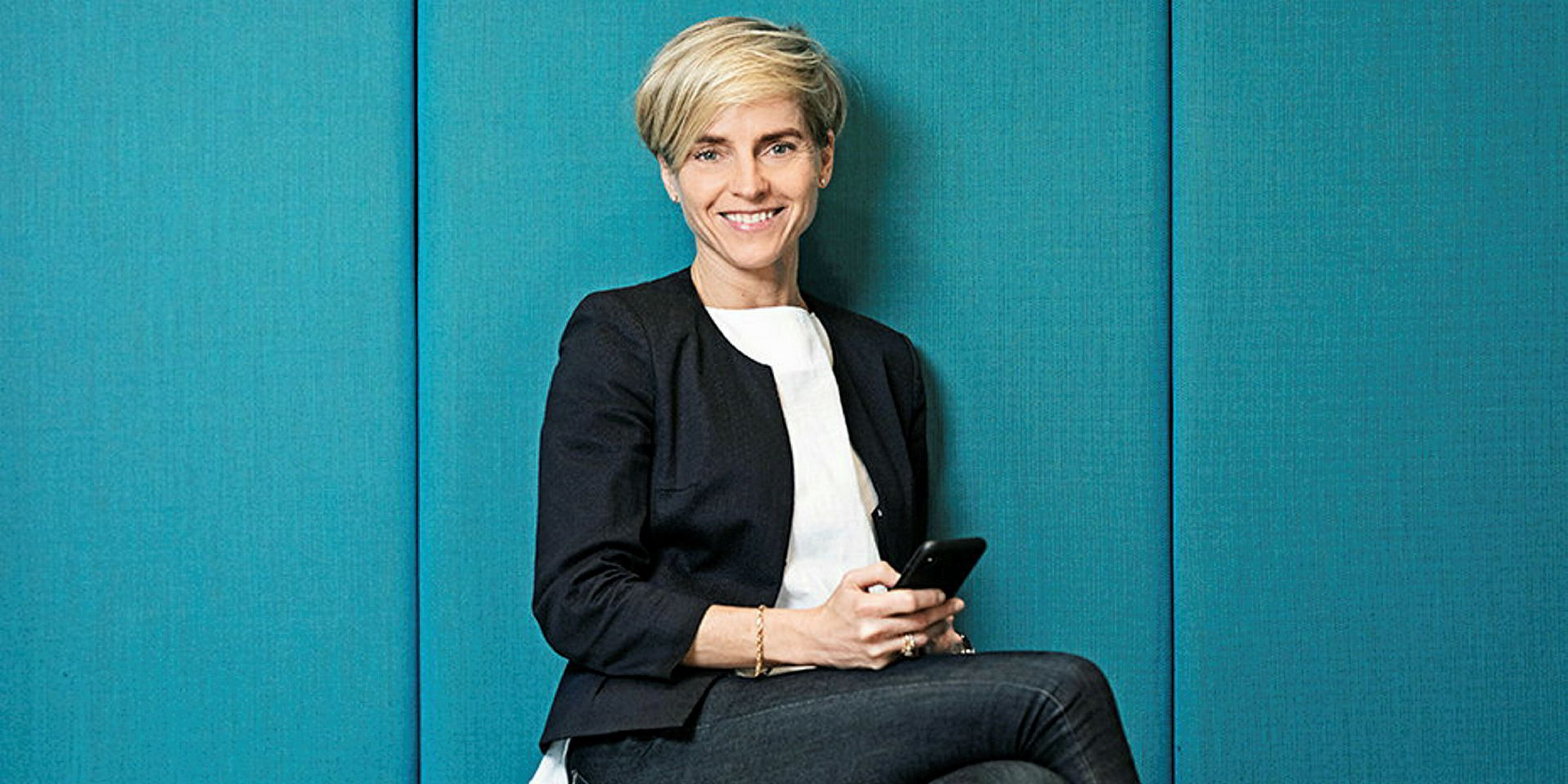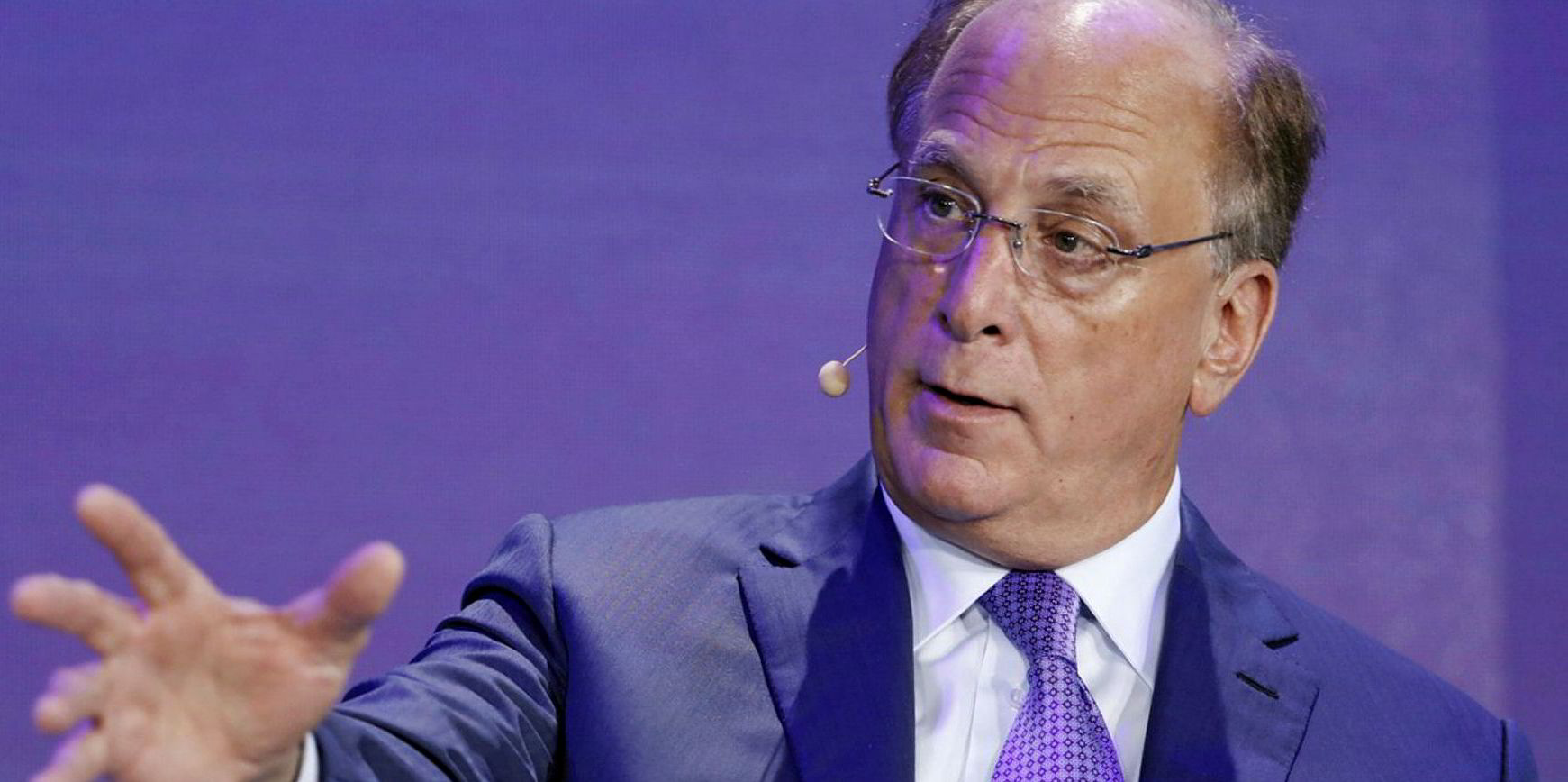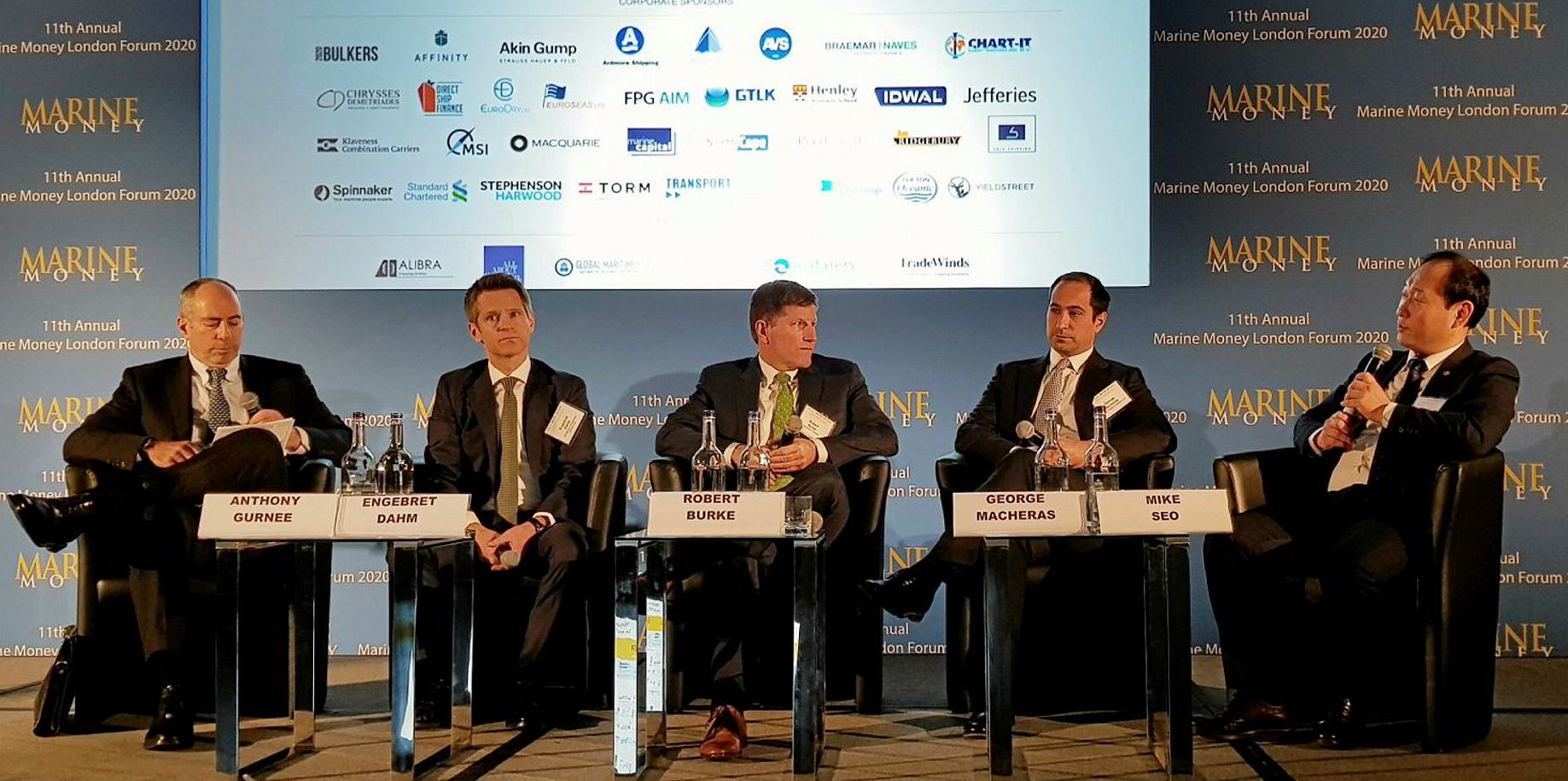Ship designers have faced daunting tasks in developing low-emission vessels that can satisfy future regulatory changes.
In efforts to combat climate change, the International Maritime Organization has planned to introduce new rules in the coming years to halve greenhouse gas emissions from international shipping by 2050.
But the industry consensus is that such decarbonisation will require new types of vessels and marine fuels that have yet to be proven at scale.
In the view of Clarksons Research non-executive president Martin Stopford, the upcoming transformation is akin to what occurred between 1860 and 1890, when steamships began to replace sailboats in a century-long transition.
“It took 50 years to get from the first steamship on the water to a ship vaguely capable of trading globally,” Stopford told TradeWinds. “Then, it was another 50 years to get from the first ship to have a global fleet ... These things take a long time.”
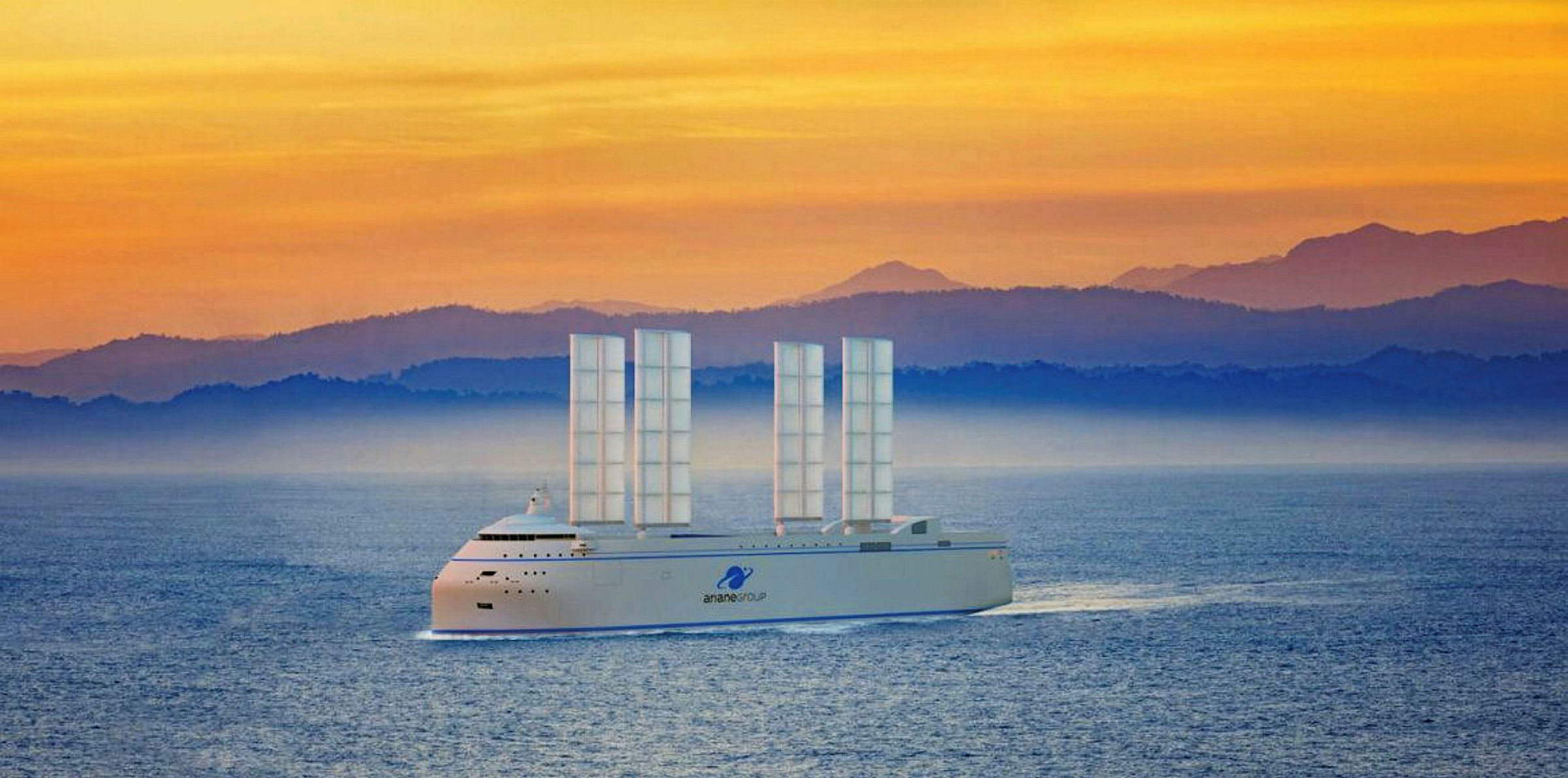
Further complicating the development is this year’s Covid-19 pandemic, which, based on Stopford’s model, will lead to a 14% fall in global seaborne trade by 2024.
‘Technology accelerator’
Amid the worst recession since World War II, many shipping companies are holding back their investments in decarbonisation technology.
In a member survey of European Community Shipowners’ Associations last quarter, 30% of the respondents said they would put less money into cutting emissions while 44% claimed they would halt investments.
But some industry veterans have seen a silver lining from the health and economic crisis.
With travel restrictions implemented around the globe to contain the spread of Covid-19, shipping managers have been forced to embrace digital tools to continue their daily operations, according to Drewry managing director Arjun Batra.
Where in the past senior managers and compliance personnel tend to require exchange of documents in physical form, electronic signatures are now widely acceptable.
“All of a sudden they have to move everything digitally,” Batra said.
Batra suggested that this “cultural shift” would prompt shipping companies to digitalise more of their operations.
“I think a lot will change,” he said.
This is important, as marine engineers believe further digitalisation is required to reduce bunker consumption more efficiently through voyage optimisation software and other digital tools — the first step towards decarbonisation.
“Covid has acted as a technology accelerator,” Longitude Engineering group director Jake Anderson said. “It has actually brought forward and opened people’s minds to different ways of working.”
Peter Behrendt, strategy and innovation director at BMT, urged more shipping companies to embrace data monitoring, sharing and analysis, increase automation of systems and adopt energy-saving technologies.
“In order to aid economic recovery across the world, we are seeing an accelerated agenda for digital transformation, and [the] shipping sector is no different,” Behrendt said.
“The strongest survivors from the crisis will be those who can harness these new technologies and instill the requisite process and cultural changes.
“Rather than simply building what we had before, this is an opportunity to decide what we want to be in the future, accelerating the adoption of green technologies, promoting sustainable recovery and addressing some of the major challenges our sector faces.”
Benefits of digitalisation
According to experts, the investment case for digitalisation could be easier to make than other types of decarbonisation technologies, due to the relatively low capital expenditure needed and the direct financial boost from savings in fuel.
Stopford suggested that digital investments might not cost much if a company knows what it needs.
“It's not a massive investment,” Stopford said. “The [task] is really changing the system and putting it all together and getting a ship that works. And getting the people that are capable of doing it and capable of writing the software you need.”
If shipowners can enjoy the advantage of spending less on bunkering, Behrendt said they might be more willing to adopt digital initiatives.
“Traditionally, the shipping industry has been rather reactive when it comes to innovation,” he said. “Many changes in the industry were driven by changing legislation, rather than a desire to innovate from within the industry.
“Nonetheless, innovations have the largest chance of success when in the end they will enable cost savings.”
Some others point out such investment could even become necessary, with the increasing focus of financiers and ship investors on environmental, social and governance criteria.
Nikos Benetis, director of financial institution advisory services at consultancy firm LOC, admitted that shipowners tend to put operational issues and balance sheets first, especially during the times of crisis such as Covid-19.
“But, really, the decarbonisation topic is here to stay," he said. "It remains a high priority and is still being discussed continuously.
“All the stakeholders in the shipping industry have to play a part and collaborate. Shipping is not known to be the best at collaboration in the past, but I think things are changing now.”

Looking for money and resources
In the past, first adopters of shipping technologies have often relied on grants from the public sector. This is now more uncertain as many governments need to allocate more resources to prime their economies.
“It is unclear whether the enormous Covid-19 economic stimulus packages being lined up by governments will be spent wisely on renewable energy sources, or expeditiously on fossil-fuel sources in the hope of bringing larger numbers of people back to employment more rapidly,” DNV GL said in a research note.
“There are signs now of both directions being pursued, with strong regional variations.”
More companies could join private-sector cooperation initiatives in decarbonising their operations, the number of which has been rising in recent years.
One of the most popular among them is the Getting to Zero Coalition, which invites firms within and outside of the shipping industry to develop deepsea zero-emission vessels by 2030.
Markus Wenker, chief financial officer of First Ship Lease Trust, suggested that the initiative allows smaller companies to participate in the innovation process of coalition members that include major players such as Shell, BMW and AP Moller-Maersk. Such alliances may soon become necessary for their survival, according to Wenker.
The Singapore-listed trust, which joined the coalition in June, has retrofitted the bulbous bows of three boxships in coordination with their charterers to achieve 15% fuel savings. It is considering whether to spend $100,000 or more on engine upgrades for some vessels by software optimisation for similar purposes.
As the software is designed to monitor and improve performance of vessel machinery, Wenker said such optimisation is a “cost effective, quick and meaningful” way of improving fuel efficiency.
He compared cutting emissions to running a marathon.
“There is unfortunately no white knight with a ready-made solution for the shipping industry,” Wenker said. “Hence, initiatives like the Getting to Zero Coalition are critically important in this innovation process for companies along the whole value chain to collaborate and join forces.”
